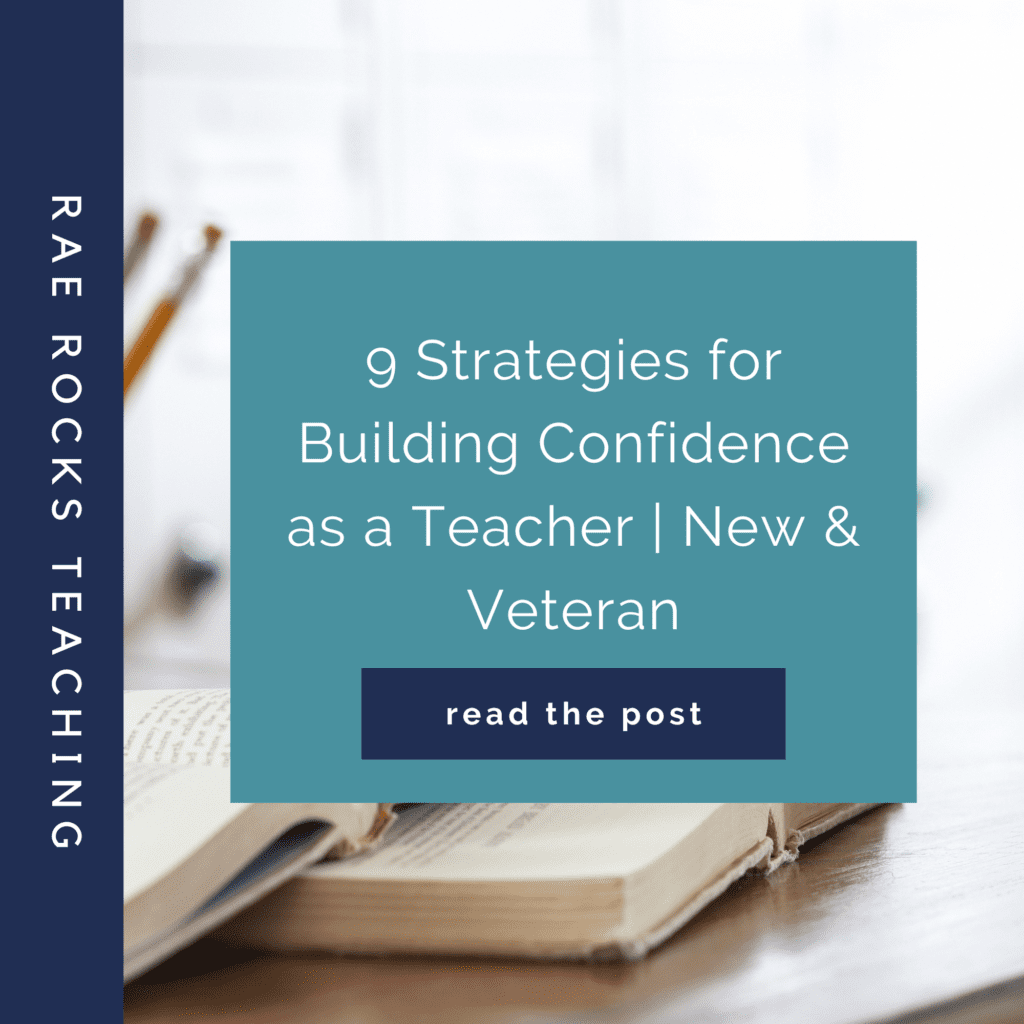As a teacher, you have the power to shape young minds and make a lasting impact on their lives. But with that power comes responsibility, and it’s natural to feel a little intimidated at times. Whether you’re a seasoned veteran or just starting out, there are always ways to build and maintain your confidence as a teacher. This blog post will explore 9 strategies for doing just that. From setting achievable goals to incorporating technology into your teaching, you’ll learn everything you need to know to become a more confident and effective educator.
So let’s dive in!
Have you wanted to try Flipping Your Classroom, but weren’t sure it would work for your student? Then Sign up for the FREE TRAINING on Flipping Learning IN-Class With Stations today!

-
Save
Set Achievable Goals
One effective way to build confidence as a teacher is by setting achievable goals for yourself and your students. It’s important to have a clear idea of what you want to accomplish in a given time frame, whether it’s a day, a week or a whole year. By breaking down your larger goals into smaller, more manageable ones, you can track your progress and feel a sense of accomplishment along the way. This can be especially helpful for if you are a new teacher who feels overwhelmed by the scope of your responsibilities.
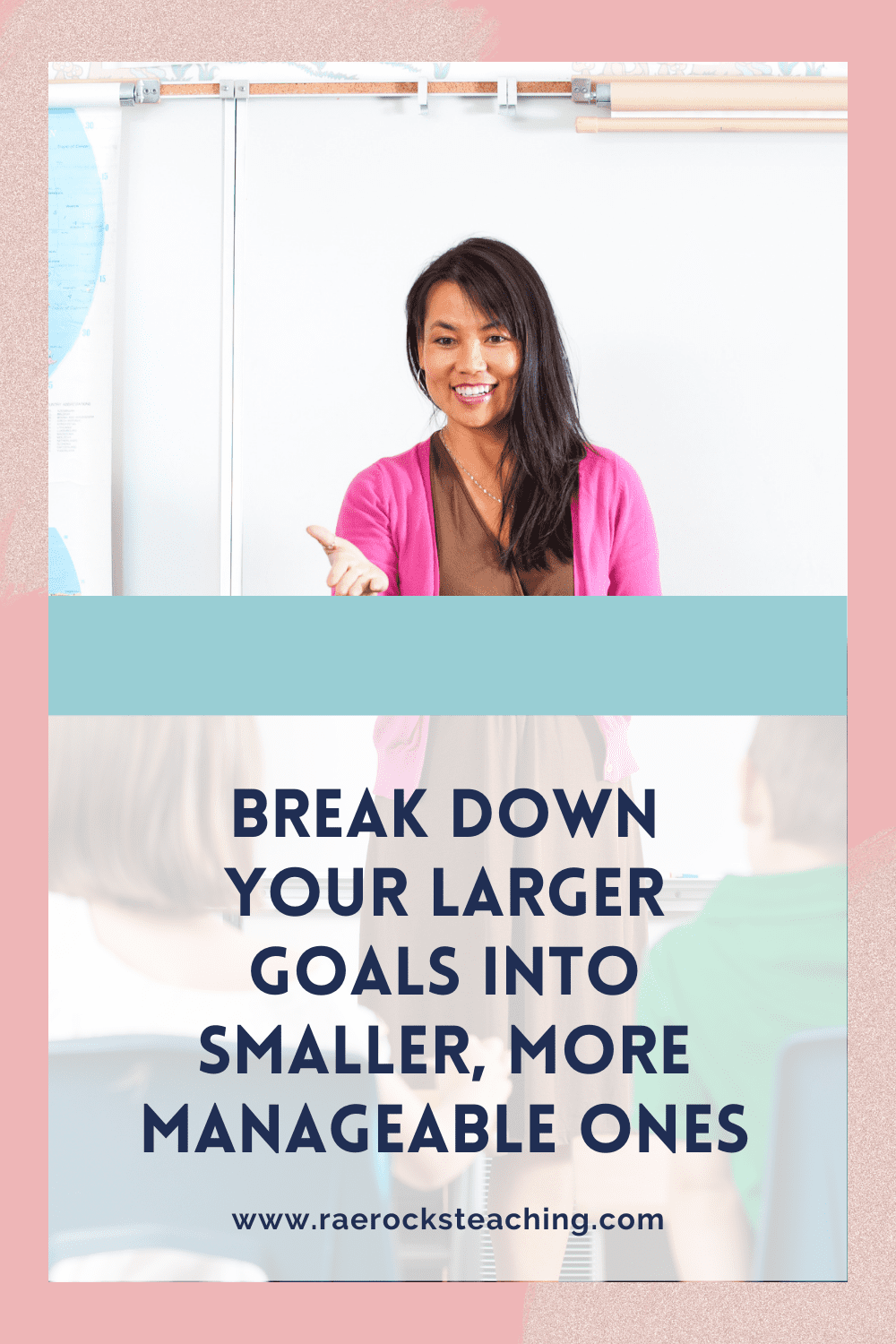
-
Save
But setting goals isn’t just about your personal achievement. It’s also a way to create a roadmap for your students. By setting clear objectives and expectations, you can help guide your students toward success. This can include academic goals, like mastering a certain skill or achieving a specific grade, but it can also include personal goals, like developing better study habits or improving communication skills. When students feel like they have a clear path to follow, they’re more likely to be engaged and motivated in the classroom.
Of course, it’s important to make sure your goals are realistic and attainable. Setting unattainable goals can actually undermine confidence and make it harder to stay motivated. Instead, focus on setting goals that are challenging but achievable, and be willing to adjust your expectations as needed. This can help you and your students feel a sense of progress and accomplishment, which can in turn boost confidence and motivation.
Build Relationships with Your Students
Building relationships with your students is one of the most effective ways to develop confidence as a teacher. When students feel valued and understood, they are more likely to engage in the learning process and contribute to the classroom environment. One way to build relationships with your students is to get to know them on a personal level. Take the time to learn about their interests, hobbies, and backgrounds. By doing so, you’ll be able to create a sense of connection with them that goes beyond academic subject matter.
Another way to build relationships with your students is to be approachable and accessible. Let them know that you are available to answer questions and provide support when needed. Encourage open communication by creating an environment where students feel comfortable sharing their thoughts and ideas. When you establish trust and openness with your students, you create a safe space for them to learn and grow.
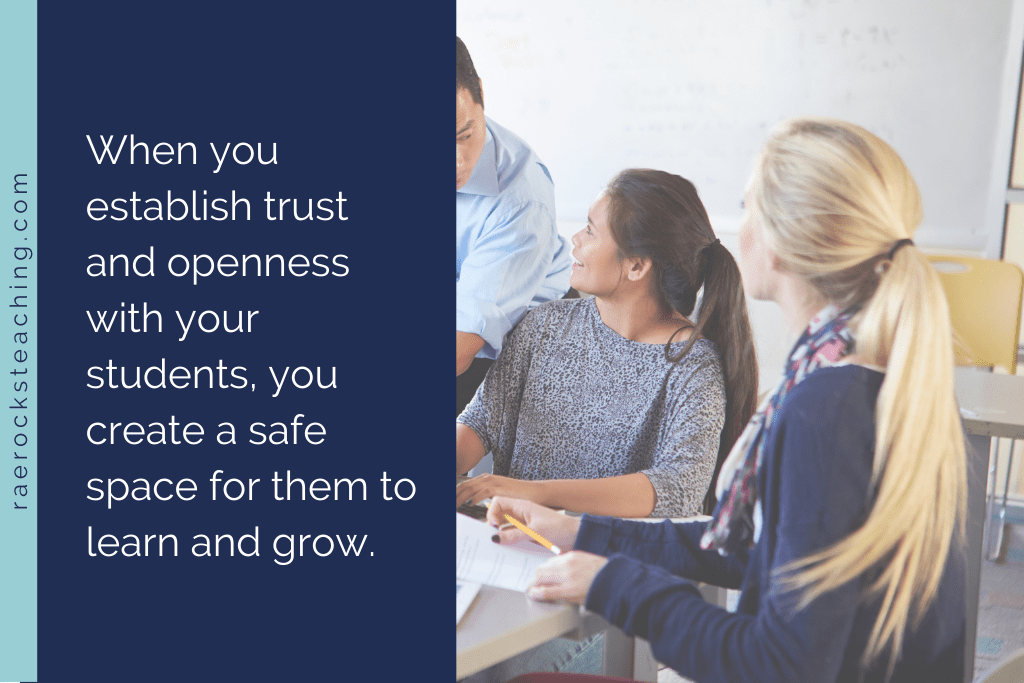
-
Save
By building strong relationships with your students, you’ll be able to create a supportive and engaging classroom environment where confidence and motivation thrive.
Seek Out Advice from Experienced Colleagues
In addition to building relationships with your students, seeking advice from experienced colleagues can also boost your confidence as a teacher. Talking to those who have been in the field for longer than you have can provide invaluable insight into the challenges and successes they have faced. It may also help to know that others have experienced similar struggles and have come out on the other side.
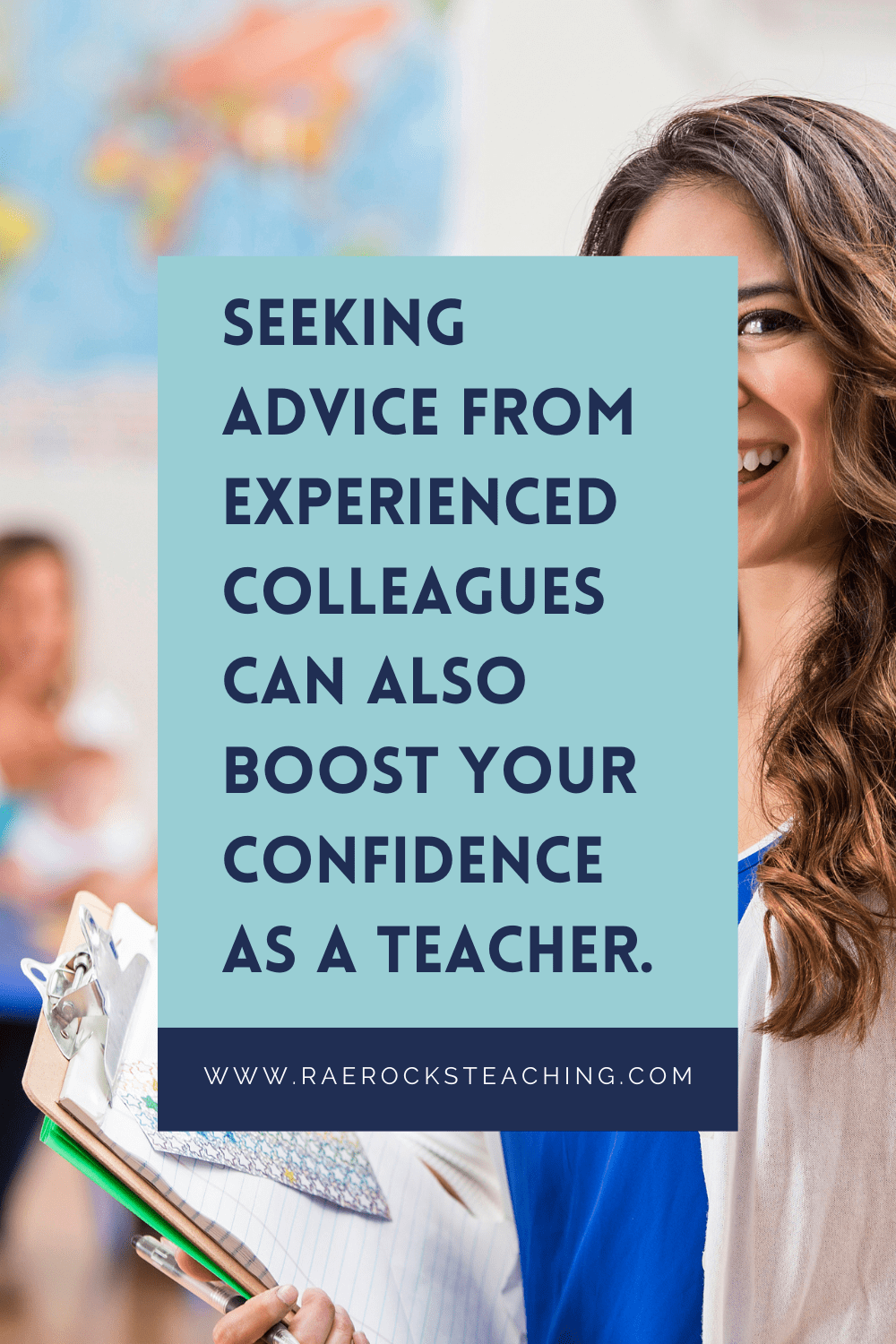
-
Save
By attending professional development workshops, you can connect with other educators and gain new perspectives on teaching. These workshops can offer a variety of resources, including guest speakers, peer-to-peer learning opportunities, and skill-building sessions. Attending these events can also provide a sense of camaraderie and support within the teaching community.
Attend Professional Development Workshops
By attending professional development workshops, you have the opportunity to expand your knowledge and expertise in various areas of teaching. These events provide a platform for you to connect with other educators and learn from their experiences. When you attend these workshops, you can gain valuable insights and new perspectives on teaching.

-
Save
Professional development workshops offer a diverse range of resources, including guest speakers who have extensive knowledge and experience in the education sector. These speakers provide valuable insights into the latest trends and advancements in teaching methodologies. Additionally, peer-to-peer learning opportunities provide an excellent platform for teachers to share experiences, exchange ideas, and network with one another.
Skill-building sessions are also an integral part of professional development workshops. These sessions provide practical training on how to use various teaching tools and techniques effectively. By developing these skills, you can incorporate new teaching methodologies into your classroom to enhance your students’ learning experiences.
Incorporate Technology into Your Teaching
Incorporating technology into teaching is becoming an indispensable aspect of modern-day education. Technology has revolutionized the way we teach and students learn, and incorporating it into teaching can help you build your confidence in the classroom. Using technologies such as interactive whiteboards, tablets, and computer programs into lesson plans, you are able to make class more engaging, interactive, and fun.

-
Save
Apart from making classes more engaging, technology can help you stay organized, make your job a little easier, and save time. These tools can help you stay on top of your tasks and reduce stress levels, making you have more confidence as a teacher.
Stay Organized
Staying organized not only saves time but also reduces stress levels, leading to an increase in confidence in your teaching abilities. By having a clear plan of action and a well-structured approach, you can focus on providing quality education and addressing the needs of your students.
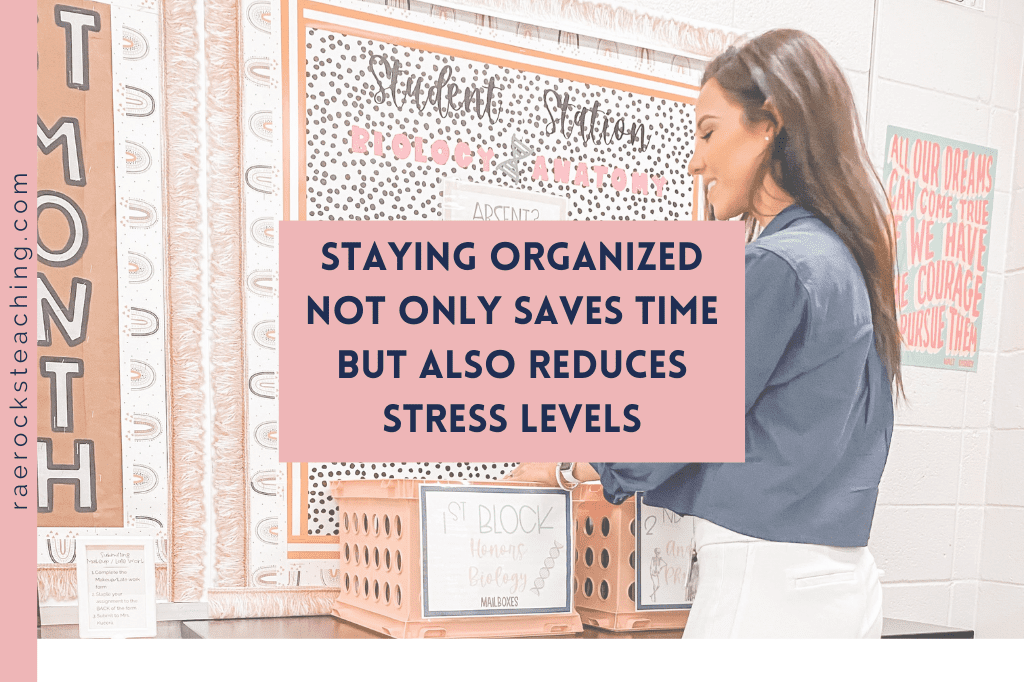
-
Save
Being prepared is another essential element in building confidence as a teacher. The ability to anticipate what might happen in the classroom and plan accordingly can make a significant difference in the flow of the class.
Be Prepared
When you have a clear plan of action and a well-structured approach, you can focus on providing quality education and addressing the needs of your students. If you are unprepared, you may feel anxious and unsure of yourself, which can lead to a lack of confidence and a negative impact on your teaching. Therefore, it is important to take the time to prepare for each class thoroughly.
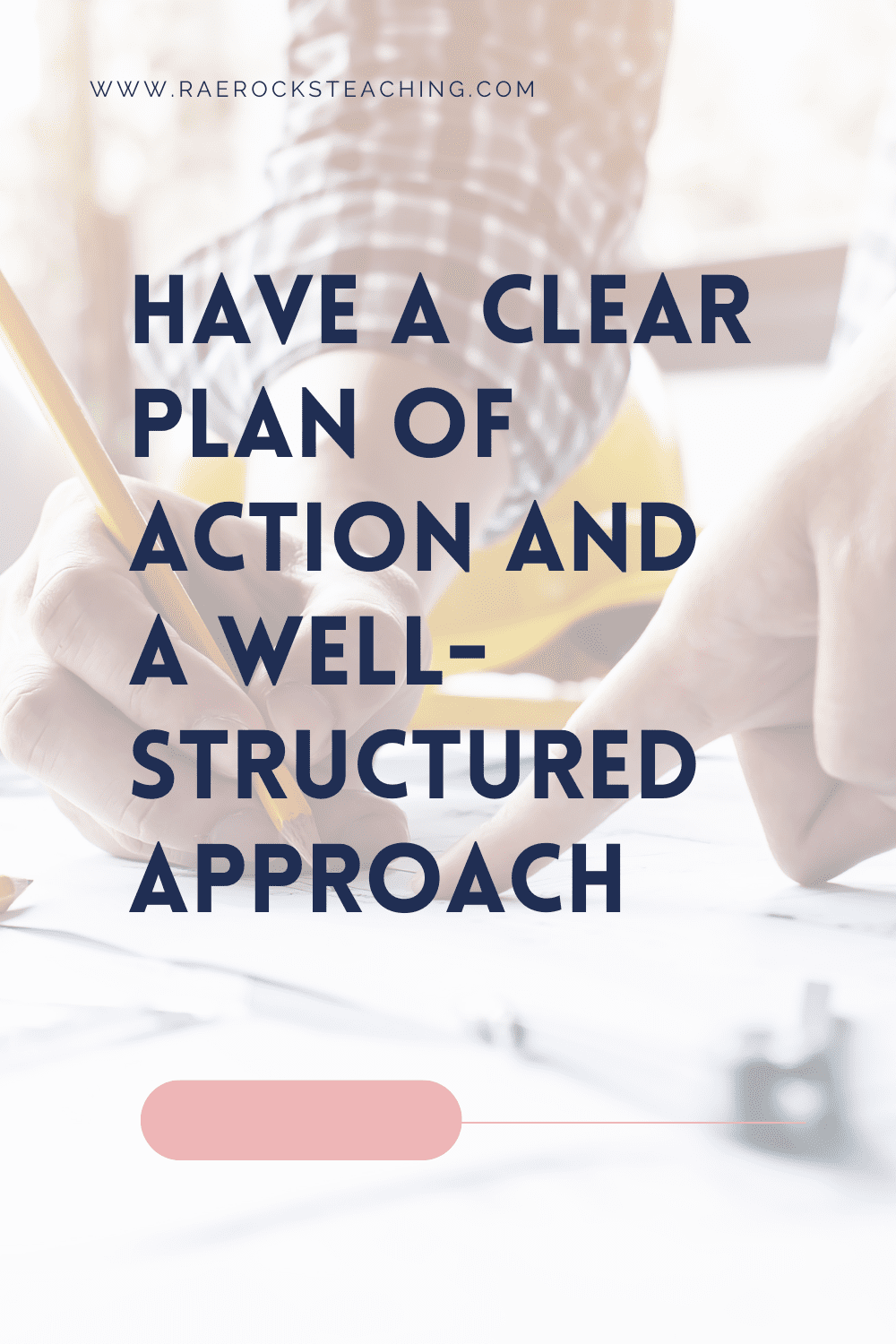
-
Save
One way to be prepared is to anticipate potential issues or problems that may arise during class and have solutions ready. This can include having extra materials on hand or thinking of alternative ways to present material.
Another part of being prepared is to have a clear understanding of the material being taught. This requires you prepare beforehand and have a good grasp of the subject matter. This can be achieved through research or reviewing materials ahead of time.
Finally, being prepared also means having a plan for managing time effectively. This includes setting realistic goals for the class period and ensuring that the class stays on track.
Use Positive Self-Talk
Learning to use positive self-talk is another powerful tool for building confidence. Just like preparing for a class, positive self-talk can help reduce stress levels and increase confidence in yourself. As a teacher, it’s important to recognize and challenge any negative self-talk that may come up. Instead, shift your focus to positive affirmations that reinforce your abilities and strengths as a teacher.
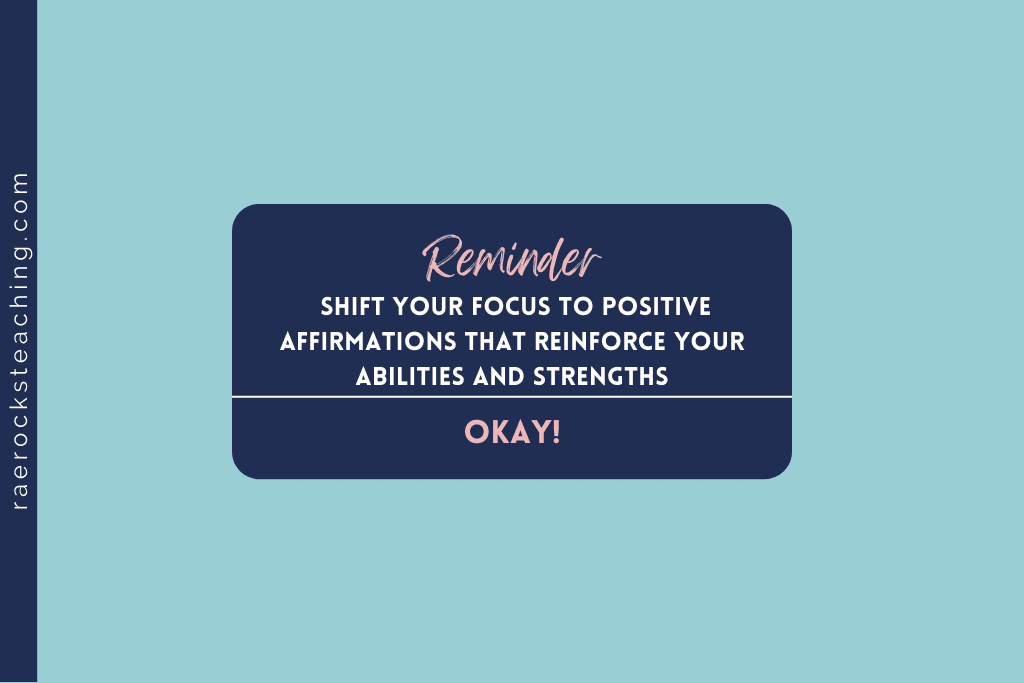
-
Save
When you catch yourself thinking negatively, stop and rephrase the thought with a positive spin. For example, instead of thinking, “I’m not good at handling disruptive students,” rephrase it as “I am capable of managing disruptive students and creating a positive classroom environment.” By adopting this positive self-talk, you can shift your mindset towards a confident and successful teaching practice.
Using positive self-talk is not only beneficial for the teacher but also for the students. A confident teacher can create a positive learning environment where students feel comfortable and encouraged to participate. This ultimately leads to better academic performance and overall success for the entire class.
Reflect on Your Teaching Practice
As teachers, we are all on a journey of continuous improvement. Reflecting on your teaching practice is a vital part of that journey. Taking the time to look back on your lessons and assess what went well and what could be improved is essential to building our confidence in the classroom.
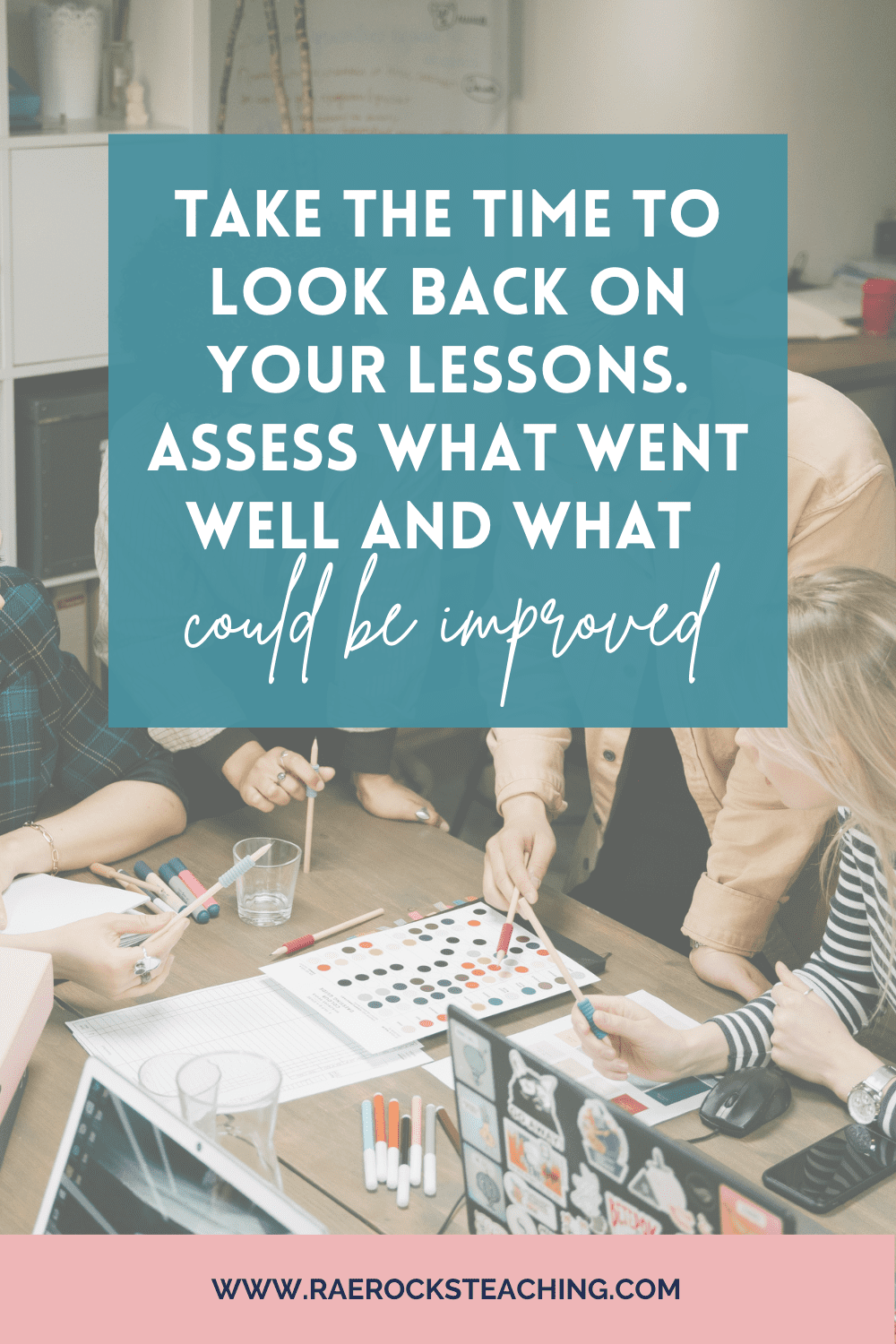
-
Save
One way to reflect on our practice is to keep a teaching journal. This can be a simple notebook or a digital file where you write down your reflections after each lesson. What did you do well? Could you have done something differently? What challenges did you face and how did you overcome them? Reflecting on these questions can help you identify areas for growth and improvement.
Another way to reflect on your teaching practice is to seek feedback from your colleagues. This can be a daunting task, but it is worth it. Observing your colleagues in action, or asking them to observe your lessons, can provide you with valuable insights and feedback on your teaching style and approach.
Self-reflection can also involve seeking feedback from your students. Asking for constructive feedback can help you identify areas where you are excelling and areas where you need to improve. This feedback can be in the form of a survey or a class discussion.
Finally, taking the time to celebrate your successes as a teacher is important. Acknowledge the progress you have made, and celebrate your achievements. This will help you build your confidence and inspire you to continue growing and improving.
Confidence is an essential element for you to have a positive impact on your students’ learning experience. With the help of these nine strategies, you, whether you are a new or veteran teacher, can build and maintain confidence in your role as an educator. So, let’s put these strategies into practice and make a positive difference in our students’ lives.
Don’t forget to Sign up for the FREE TRAINING on Flipping Learning IN-Class With Stations!
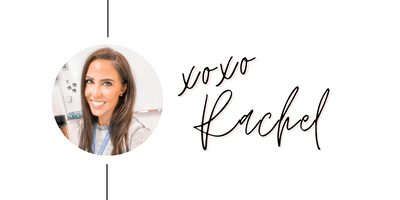
-
Save
I love sharing helpful content with y’all and would love to connect on IG or Facebook. I’m on TikTok too! Follow me and send me a DM with what you need more of because I’m here to help! If you are looking for even more inspiration, find me on Pinterest!
Wanna read more?
8 Tips of How to Have Confidence Teaching in the Classroom
9 Effective Learning Strategies for Students in High School Science
Share via:

